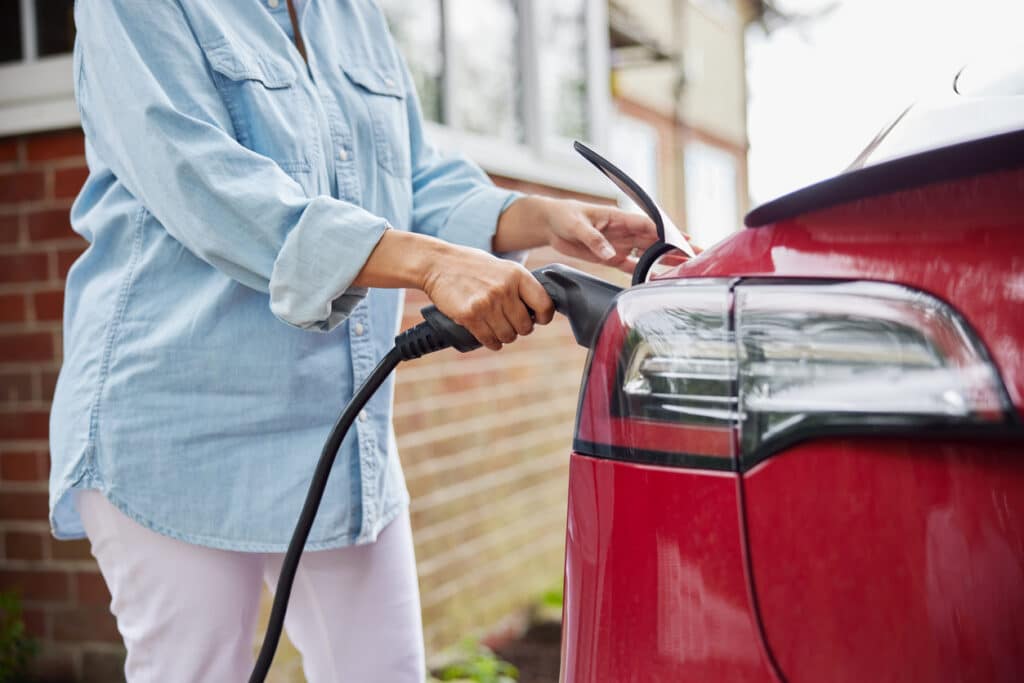As the automotive industry continues to make strides towards a greener and more sustainable future, the adoption of electric vehicles (EVs) is on the rise. Dur to their reduced carbon emissions and cost-saving benefits, more people are considering making the switch from traditional gasoline-powered cars to EVs. However, before embarking on this electrifying journey, it’s important to understand the essentials of charging an EV. In this blog post, we’ll delve into the top five things you need to know about charging your electric vehicle.
1. Types of Charging Levels
Charging an EV is not a one-size-fits-all process. There are three main levels of charging, each with its own capabilities and charging times:
Level 1 (110V)
This is the most basic form of charging and typically involves plugging your EV into a standard household outlet. While convenient, it is the slowest method, providing an average of 2 to 5 miles of range per hour of charging.
Level 2 (240V)
A step up from Level 1, Level 2 charging stations can be installed at home or found at public charging stations. They offer faster charging speeds, adding around 10 to 60 miles of range per hour, making them ideal for overnight charging.
Level 3 (DC Fast Charging)
Also known as fast charging, Level 3 chargers are primarily found at public charging stations. They offer rapid charging, adding around 170 to 250 miles of range in just 30 minutes. It’s important to note that not all EVs are compatible with Level 3 charging, so ensure your vehicle supports this level before utilizing it.
2. Charging Infrastructure
Before purchasing an EV, it’s crucial to consider the availability of charging stations in your area. While home charging is convenient, having access to public charging stations is essential for longer trips. Fortunately, charging infrastructure is rapidly expanding, with more charging stations being installed in urban areas, along highways, and in commercial spaces. Numerous apps and online tools are available to help you locate nearby charging stations and plan your routes accordingly.
3. Charging Time and Planning
Understanding charging times is vital, especially for individuals who rely on their vehicles for daily commuting or extended travel. Level 1 charging is suitable for overnight charging, while Level 2 charging can replenish your EV’s battery during the workday. For road trips or urgent charging needs, Level 3 fast chargers are the best option. Efficient planning is key — factor in charging stops, available station types, and charging times to ensure you’re never left stranded with a depleted battery.
4. Home Charging Solutions
Investing in a home charging solution is a wise move for EV owners. Installing a Level 2 charging station at your residence offers convenience and helps streamline your daily routine. While installation costs can vary, numerous incentives, tax credits, and rebates are available to offset these expenses. Additionally, some utility companies offer special rates for EV owners, encouraging off-peak charging to reduce strain on the grid.
5. Battery Care and Charging Habits
Properly caring for your EV’s battery is crucial for maximizing its lifespan and maintaining optimal performance. Avoid frequently charging to 100% capacity or discharging to extremely low levels, as this can degrade the battery over time. Instead, aim to keep your battery level between 20% and 80% for everyday driving. Some EVs offer battery management systems that can help you set charging limits to prolong battery health.
Maximize Your EV’s Charging Capabilities
Are you ready to join the green revolution and power up your knowledge about EV charging? Explore Economy EV charging services in Camarillo, CA to unlock the secrets of hassle-free charging and embark on a greener journey today!


